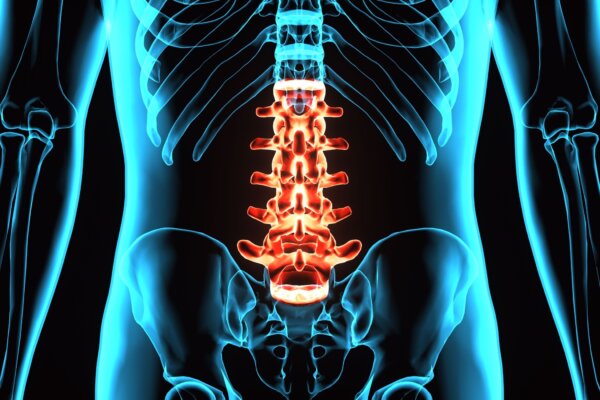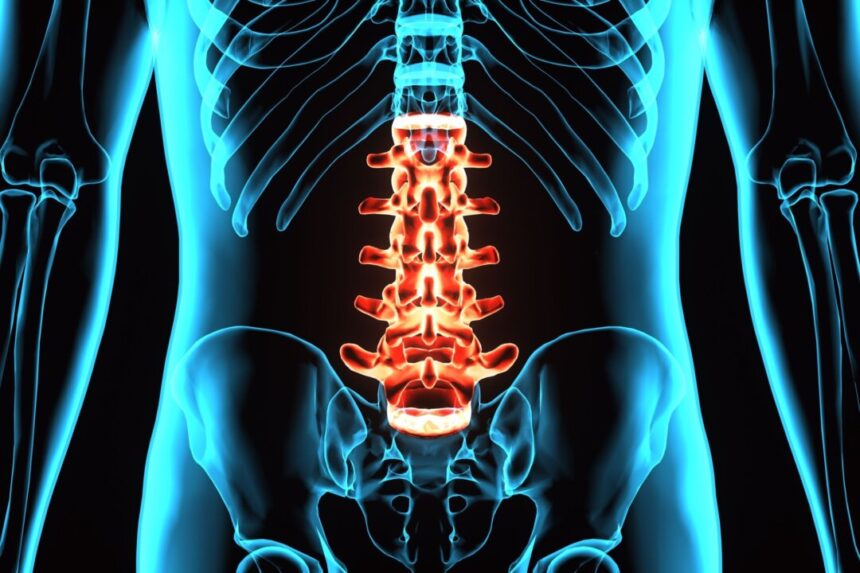
New research suggests that spinal adjustments could potentially reduce the need for pain medication, such as tramadol, for managing conditions like sciatica. Chiropractic adjustments have shown promise in alleviating low back pain and offering a non-drug option for pain management.
Could spinal adjustments be a viable alternative to pain medication? Recent studies indicate that chiropractic care may help reduce the dependency on tramadol, providing relief for those suffering from sciatica pain.
Chiropractic Care and Pain Management
Sciatica, a common form of lower back pain that radiates down the leg, affects millions of Americans. Traditionally, tramadol has been prescribed to manage this type of pain, but concerns have been raised about its long-term effects and potential for dependency.
This study challenges conventional pain management approaches and underscores the effectiveness of chiropractic care in providing relief without the risks associated with long-term medication use.
Lead author Robert Trager, a chiropractor, stated, “While previous research has shown a reduced likelihood of opioid prescriptions among those receiving chiropractic care, our study specifically focuses on tramadol.”
Key Findings of the Study
The study utilized health records from TriNetX, a comprehensive database from 80 healthcare institutions. Researchers compared two groups of 1,171 patients—one group receiving chiropractic spinal manipulation and the other receiving standard medical care, ensuring a fair comparison by matching age, health status, and initial pain levels.
Over the course of a year, patients who received chiropractic care were 68% less likely to be prescribed tramadol than those receiving standard medical care. This difference in prescription rates was evident early on and persisted throughout the year.
The study also noted similar use of non-steroidal anti-inflammatory drugs, physical therapy, and lumbar imaging between the two groups, further indicating that the reduced tramadol use was specifically associated with chiropractic care.
These findings suggest that the initial treatment choice can have lasting effects on patients’ well-being. Opting for chiropractic care may offer immediate pain relief and reduce the need for medication, helping patients avoid the risks and side effects associated with opioid use.
Understanding Tramadol in Pain Management
Tramadol, a synthetic opioid less potent than morphine, is often prescribed for moderate to severe pain like sciatica due to its perceived lower addictive potential. However, it can still lead to dependency and withdrawal symptoms similar to stronger opioids. Reports from the U.S. Food and Drug Administration’s Adverse Events Reporting System (FAERS) indicate nearly 90,000 cases of issues related to tramadol, with over half involving drug dependence.
Chiropractic Care for Pain Relief
While the study highlights the reduced need for tramadol among patients receiving chiropractic care, it does not delve into the specifics of how chiropractic adjustments alleviate pain.
Chiropractic manipulation aims to correct spinal misalignments and reduce pain by influencing the central nervous system. According to chiropractic theory, these adjustments restore proper spinal alignment, alleviate nerve pressure, and enhance the body’s natural healing processes to reduce pain.
Bradley Rauch, a seasoned chiropractor at New York Chiropractic Associates, explained, “Chiropractic adjustments address biomechanical dysfunctions of the spine that contribute to pain and limited mobility. By restoring alignment and movement, we can significantly reduce pain signals and improve overall neural function.”
As an alternative to pain medications, the American College of Physicians recommends spinal manipulation in conjunction with other therapies like exercise, acupuncture, stress management, heat therapy, or massage for managing low back pain.
Mr. Rauch emphasized the holistic approach of chiropractic care, stating, “We focus on treating the whole individual, not just the symptoms. By enhancing spinal health, we can improve overall well-being and reduce reliance on pain medications.”




